
Gigi is a 1951 play written by Anita Loos. It is based on Colette's 1944 novel of the same name, and was produced on Broadway, where it starred Audrey Hepburn in the title role. [1] [2]

Gigi is a 1951 play written by Anita Loos. It is based on Colette's 1944 novel of the same name, and was produced on Broadway, where it starred Audrey Hepburn in the title role. [1] [2]
The play's plot generally follows that of the original story, focusing on a young 19th century Parisian girl being groomed for a career as a courtesan. Gigi lives with her mother and grandmother, and takes lessons at the home of her aunt. Her lessons include social manners, conversation, and personal relationships. The family has significant social connections, and have been great friends with the rich playboy Gaston. Gaston is bored with his life, and his only joy seems to be in the company of Gigi and her family.
Aunt Alicia decides that the time is right for Gigi's entry into society. After dressing her up, she is presented to Gaston as a young woman. He is, at first, dismayed at the change. Gradually he realizes that he is attracted to Gigi, and takes her out on the town. As the night progresses, Gaston sees the emptiness of his life and wants something more. He proposes marriage to Gigi, and she gladly accepts.


Sidonie-Gabrielle Colette, known simply as Colette, was a French author and woman of letters. She was also a mime, actress, and journalist. Colette is best known in the English-speaking world for her 1944 novella Gigi, which was the basis for the 1958 film and the 1973 stage production of the same name. Her short story collection The Tendrils of the Vine is also famous in France.

Gigi is a 1944 novella by French writer Colette. The plot focuses on a young Parisian girl being groomed for a career as a courtesan and her relationship with the wealthy cultured man named Gaston who falls in love with her and eventually marries her.
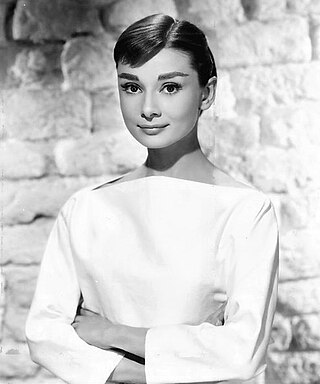
Audrey Hepburn was a British actress and humanitarian. Recognised as a film and fashion icon, she was ranked by the American Film Institute as the third-greatest female screen legend from the Classical Hollywood cinema and was inducted into the International Best Dressed List Hall of Fame.
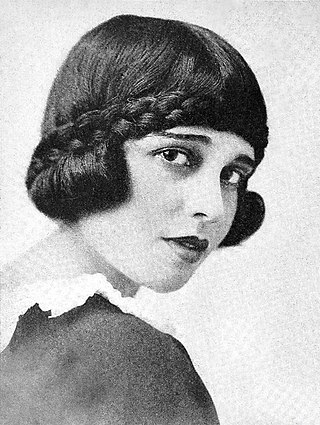
Corinne Anita Loos was an American actress, novelist, playwright and screenwriter. In 1912, she became the first female staff screenwriter in Hollywood, when D. W. Griffith put her on the payroll at Triangle Film Corporation. She is best known for her 1925 comic novel, Gentlemen Prefer Blondes, and her 1951 Broadway adaptation of Colette's novella Gigi.

Katharine Houghton is an American actress and playwright. She portrayed Joanna "Joey" Drayton, a white woman who brings home her black fiancé to meet her parents, in the 1967 film Guess Who's Coming to Dinner. Katharine Hepburn, who played the mother of Houghton's character in the film, was Houghton's aunt. She is also known for her role as Kanna, Katara and Sokka’s grandmother in the film The Last Airbender (2010).
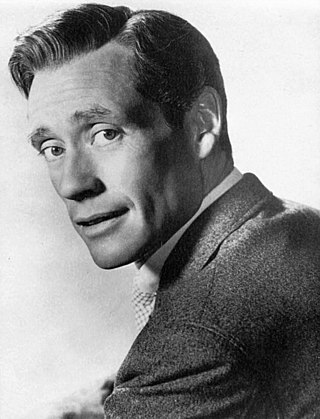
Melchor Gastón Ferrer was an American actor, director, producer and screenwriter. He achieved prominence on Broadway before scoring notable film hits with Scaramouche, Lili and Knights of the Round Table. He starred opposite his wife, actress Audrey Hepburn, in War and Peace, and produced her film Wait Until Dark. He also acted extensively in European films, and appeared in several cult hits, including The Antichrist (1974), The Suspicious Death of a Minor (1975), The Black Corsair (1976), and Nightmare City (1980).
Demi-monde is French for "half-world". The term derives from a play called Le Demi-Monde, by Alexandre Dumas fils, published in 1855. The play dealt with the way that prostitution at that time threatened the institution of marriage. The demi-monde was the world occupied by elite men and the women who entertained them and whom they kept, the pleasure-loving and dangerous world Dumas immortalized in the 1848 novel La Dame aux Camélias and its many adaptations. Demimondaine became a synonym for a courtesan or a prostitute who moved in these circles—or for a woman of social standing with the power to thumb her nose at convention and throw herself into the hedonistic nightlife. A woman who made that choice would soon find her social status lost, as she became "déclassée". The 1958 film Gigi, based on a 1944 novella by Colette, vividly portrays the world of the demimonde near the end of its existence. Gigi's Aunt Alicia, a legendary courtesan now enjoying a wealthy retirement, trains her teenage niece in elegant manners and deportment and the value of jewels and tries to stir her interest in fashion, in order to prepare her for life in the demimonde, pleasing the gentlemen who will provide her with the means to live comfortably.

Gigi is a 1958 American musical romantic comedy film directed by Vincente Minnelli and processed using Metro-Goldwyn-Mayer's Eastmancolor film process Metrocolor. The screenplay by Alan Jay Lerner is based on the 1944 novella of the same name by Colette. The film features songs with lyrics by Lerner and music by Frederick Loewe, arranged and conducted by André Previn. Costume design was done by Cecil Beaton.
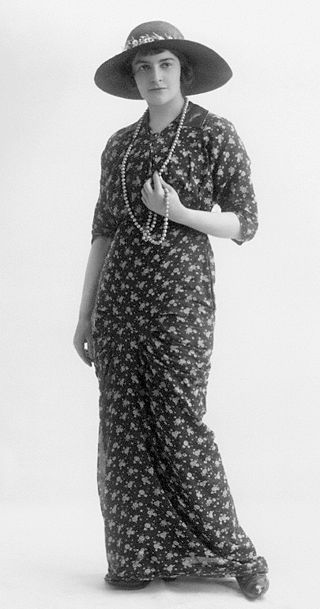
Cathleen Nesbitt was an English actress.

Zoe Byrd Akins was an American playwright, poet, and author. She won the 1935 Pulitzer Prize for drama for The Old Maid.

Constance Collier was an English stage and film actress and acting coach. She wrote hit plays and films with Ivor Novello and she was the first person to be treated with insulin in Europe.
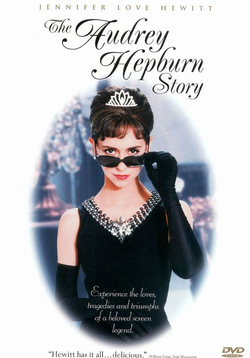
The Audrey Hepburn Story is a 2000 American biographical drama television film based on the life of actress and humanitarian Audrey Hepburn. Covering the years 1935 to the 1960s, it stars Jennifer Love Hewitt, who also produced the film. Emmy Rossum and Sarah Hyland appear as Hepburn in her early years. The film was shot in Montreal, Canada, and premiered on ABC on March 27, 2000.
Gigi may refer to:
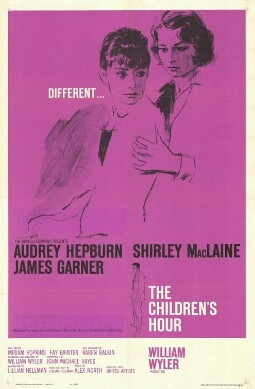
The Children's Hour is a 1961 American drama film directed by William Wyler. The screenplay by John Michael Hayes is based on the 1934 play of the same title by Lillian Hellman. The film stars Audrey Hepburn, Shirley MacLaine, James Garner and Fay Bainter.

John Michael Evans was an English actor best known for starring in the original 1951 Broadway production of Gigi with Audrey Hepburn, and later as Colonel Douglas Austin on the American soap opera The Young and the Restless.

Gigi is a musical with a book and lyrics by Alan Jay Lerner and music by Frederick Loewe. It is based on the 1944 novella Gigi by Colette and 1958 hit musical film of the same name. The story concerns Gigi, a free-spirited teenaged girl living in Paris at the turn of the 20th century. She is being groomed as a courtesan in her family's tradition. Before she is deemed ready for her social debut, she encounters the bon vivant bachelor Gaston Lachaille, whom she captivates as she is transformed into a charmingly poised young lady.

Audrey Hepburn was a British actress who had an extensive career in film, television, and on the stage from 1948 to 1993. Considered by some to be one of the most beautiful women of all time, she was ranked as the third greatest screen legend in American cinema by the American Film Institute. Hepburn is also remembered as both a film and style icon. Her debut was as a flight stewardess in the 1948 Dutch film Dutch in Seven Lessons. Hepburn then performed on the British stage as a chorus girl in the musicals High Button Shoes (1948), and Sauce Tartare (1949). Two years later she made her Broadway debut as the title character in the play Gigi. Hepburn's Hollywood debut as a runaway princess in William Wyler's Roman Holiday (1953) opposite Gregory Peck made her a star. For her performance she received the Academy Award for Best Actress, the BAFTA Award for Best British Actress, and the Golden Globe Award for Best Actress in a Motion Picture – Drama. In 1954 she played a chauffeur's daughter caught in a love triangle in Billy Wilder's romantic comedy Sabrina opposite Humphrey Bogart and William Holden. In the same year Hepburn garnered the Tony Award for Best Actress in a Play for portraying the titular water nymph in the play Ondine.

Gigi is a 1949 French comedy film directed by Jacqueline Audry and starring Gaby Morlay, Jean Tissier and Yvonne de Bray. A young girl who is coming of age and being trained as a courtesan by her family, and realises she not only adores the debonair, close family friend Gaston, who has spoiled her with attention and care for most of her life, but that she is in love with him. Gaston realises the same thing, and despite efforts of Gigi´s down-to-earth, doting grandmother and charming socialite aunt to bring the couple together by the then socially accepted practice, it is the undeniable and compelling love between Gigi and Gaston that triumphs. Directed by Jacqueline Audry, who accentuates the humor of this piece without losing the sensitivity of the young love that takes center stage. The film was based on the 1944 novella Gigi written by Colette.

Lillian Lorraine was an American stage and screen actress of the 1910s and 1920s, best known for her beauty and for being perhaps the most famous Ziegfeld Girl in the Broadway revues Ziegfeld Follies during the 1910s.

Yola Letellier was a French socialite and the wife of a newspaper owner.